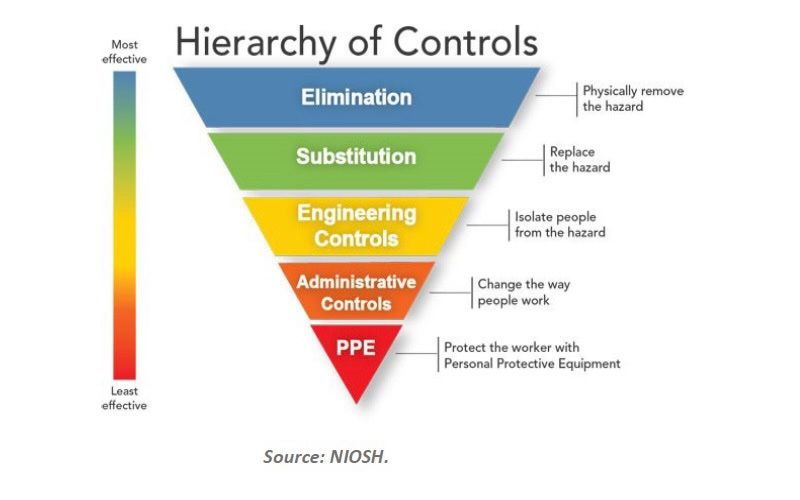Preventive maintenance is crucial for keeping your plant’s assets healthy. Follow these five strategies to reduce costs and maximize uptime.

Preventive maintenance should be one of your key strategies to keeping your plant’s assets healthy. While equipment upkeep and parts replacements are necessary, there are ways you can reduce your preventive maintenance costs without decreasing your food processing facility’s operational efficiencies.
1. Examine what’s necessary, what’s not
When first purchasing your equipment, ensure you review its preventive maintenance requirements with the manufacturers and your subject matter experts, whether those are engineers or senior maintenance professionals. You should confirm that all of the suggested preventive maintenance is actually needed, as unnecessary preventive maintenance can actually induce equipment failure.
For example, at one of our client’s plants, pumps were undergoing preventive maintenance every quarter to prevent pump failures. This maintenance was actually inducing premature failure. After engineering performed a detailed root-cause analysis, a different pump was specified and preventive maintenance was moved to a yearly event, leading to better system performance and reduced maintenance costs.
By doing this we:
- Decreased labor costs
- Reduced parts purchases
- Increased the efficiency and overall uptime of the system
What can your food manufacturing facility learn from this? You need to have a preventive maintenance strategy and continually review that strategy based on the equipment needs.
2. Select a suitable measurement system
Take a compressor, for example. Some companies may think they need to rebuild a compressor every three years. But what if that compressor runs only one month out of every four months? You’re basing your preventive maintenance on a calendar year, not on the compressor’s running hours. Preventive maintenance should be performed based on the most applicable measurement system for the equipment.
3. Pick the optimal time to perform maintenance
Preventive maintenance should be scheduled maintenance, tuned to the specific needs of your production schedule. This way, your food processing plant can take assets out of service at a time that allows you to maximize your uptime or your efficiency. Most companies complete their preventive maintenance in the cooler months of the year. Compressor and evaporator rebuilds are easier to perform in the winter because the temperatures are not as hot, requiring less of a refrigeration load. This offsets labor costs, too.
4. Maximize the efficiency of your staff
By training production workers to provide preventive maintenance assistance on a daily or weekly basis, you maximize the efficiency of your food processing plant staff and take the preventive maintenance burden off of your senior professionals.
Preventive maintenance tasks that production workers can complete include:
- Cleaning up the equipment
- Inspecting specific items
- Watching particular equipment characteristics
However, keep in mind that once a monitored characteristic is showing signs of needing preventive maintenance, you need to bring in a subject matter expert to complete the work or provide additional planning.
5. Develop an overall maintenance strategy
Understand that preventive maintenance is only one type of maintenance that should be part of your overall strategy, including:
- Preventive maintenance
- Predictive maintenance
- Reactive maintenance
If you use preventive maintenance in conjunction with a predictive and reactive maintenance strategy, you can control costs while managing downtime and maximizing uptime. While a reactive case is unplanned, you should be able to plan your work and work your plan for preventive maintenance. If you know you have a contract with a service provider and have scheduled maintenance, you can ensure the provider shows up on time and that you have the parts ready to go (plan for parts to be delivered a day ahead of time). Then, you can maximize the service provider’s time on the equipment, avoid wait time and get your equipment back in service more quickly.
Steve Hawkins has over 25 years of experience with mechanical systems, automation, instrumentation and controls, as well as the software layer in industrial facilities. This article originally appeared on Stellar Food for Thoughts. Stellar is a CFE content partner. Edited by Joy Chang, digital project manager, CFE Media, [email protected]



